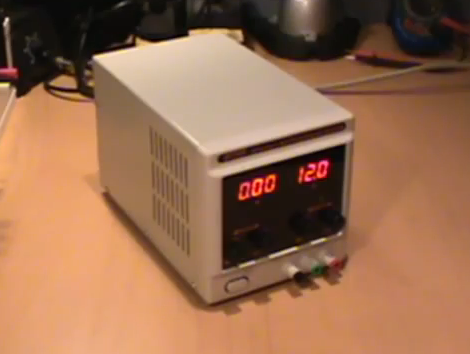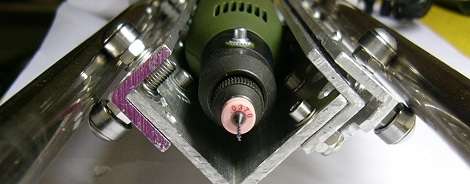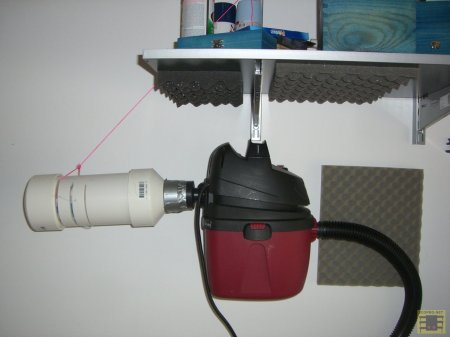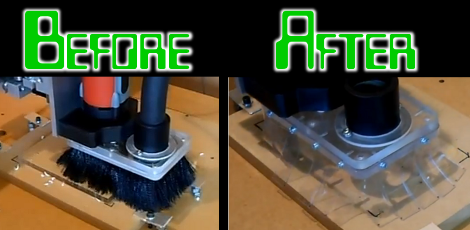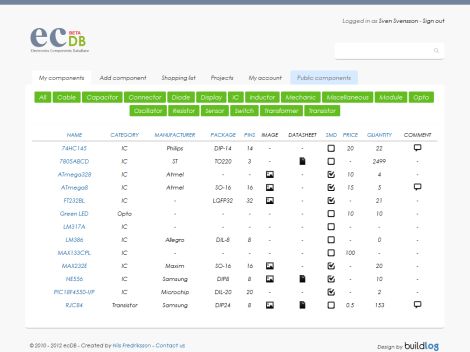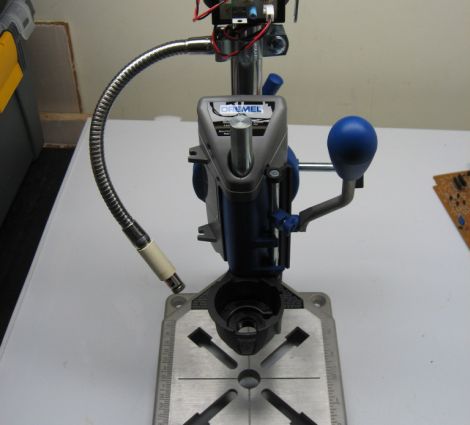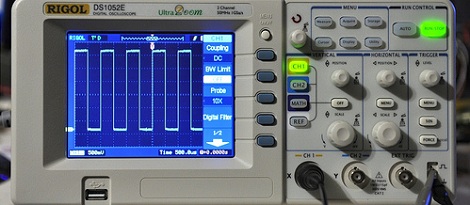
While a fancy Rigol 1052E oscilloscope is a great tool and a wonderful portable oscilloscope we heartily recommend, sometimes you just need to use the more ‘advanced’ functions of an oscilloscope. Luckily, [cibomahto] figured out how to use a Rigol scope with Python, allowing for easy remote viewing and control of a Rigol 1052E ‘scope on any desktop computer.
[cibomahto]’s Python script grabs the screen and can send commands to the oscilloscope, effectively obviating the need for the slightly-terrible Rigol Ultrascope software. Not only that, controlling the 1052E is possible under OS X and Linux because of the portable Python nature of [cibomahto]’s work.
The Rigol DS1052E has become the de facto standard oscilloscope to grace the workbenches of makers and hackers around the globe. With a small price tag, the ability to double the bandwidth, and an active homebrew development scene, we doubt [cibomahto]’s work of grabbing data over USB will be the last hack we’ll see for this fine machine.
Thanks to [Markus] for sending this one in.

